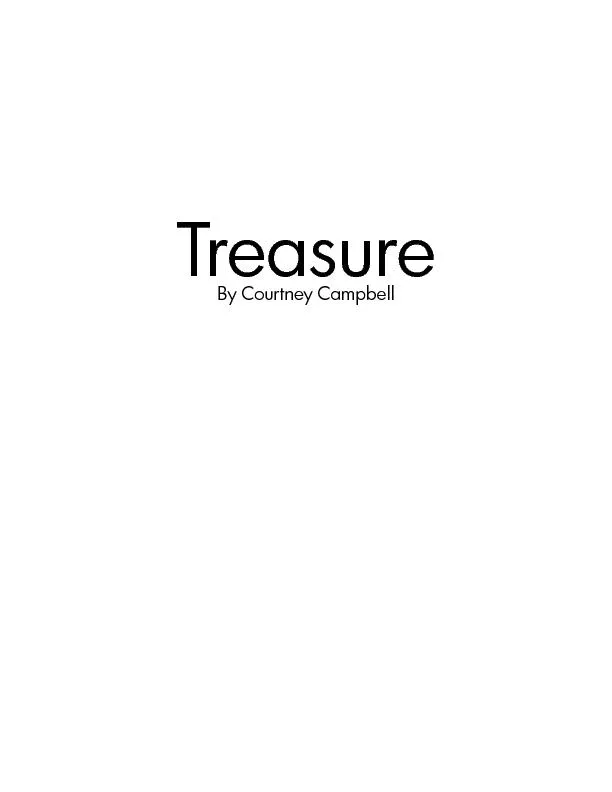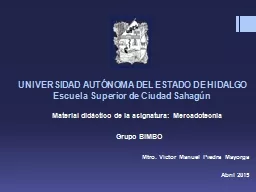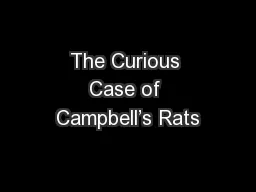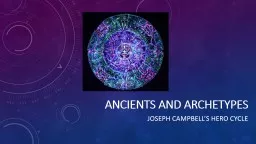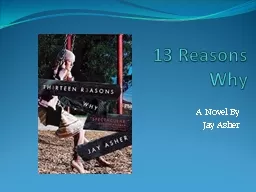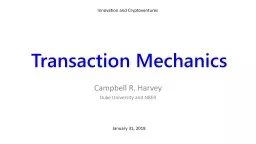PDF-By Courtney Campbell
Author : yoshiko-marsland | Published Date : 2016-08-15
Treasure Treasure tables suck No really itx2019s like a video game I open the chest what do I find Wait wait for it Gems Magic Items Every time Therex2019s this
Presentation Embed Code
Download Presentation
Download Presentation The PPT/PDF document "By Courtney Campbell" is the property of its rightful owner. Permission is granted to download and print the materials on this website for personal, non-commercial use only, and to display it on your personal computer provided you do not modify the materials and that you retain all copyright notices contained in the materials. By downloading content from our website, you accept the terms of this agreement.
By Courtney Campbell: Transcript
Download Rules Of Document
"By Courtney Campbell"The content belongs to its owner. You may download and print it for personal use, without modification, and keep all copyright notices. By downloading, you agree to these terms.
Related Documents

